Ohio Chemical and Ethics 30 PDH Discount Package 1
Courses in this Package
Fundamentals of Chemistry (H05-001)
Chemical Hazard Classification Process (H02-009)
An Introduction to Ion Exchange Techniques for Water Desalination (H02-004)
An Introduction to Post-Treatment and Waste Disposal for Water Desalination (H02-005)
Algal Indicators in Streams (H03-007)
An Introduction to Water Desalination (H04-002)
Chemigation - Backflow Prevention (M01-005)
Hazards of Chemicals and Gases (H05-002)
Ozone Depleting Substances (ODS) Destruction in the US & Abroad (C04-059)
Engineering Ethics for Ohio Professional Engineers (OH2-003)

This online engineering PDH course addresses the basics of chemistry. It introduces concepts on the atomic structure of matter. It also discusses the periodic table and the significance of the information in a periodic table. Furthermore, it explains chemical bonding, the laws of chemistry, and chemical equations.
This 5 PDH online course is applicable to chemical and environmental engineers, design and construction personnel, technical staff and facility operators who are interested in gaining a better understanding of the basics of chemistry.
This PE continuing education course is intended to provide you with the following specific knowledge and skills:
- Characteristics of atoms
- The periodic table
- Chemical bonding
- Chemical equations
- Acids, bases, salts and pH
In this professional engineering CEU course, you need to review Module 1, "Fundamentals of Chemistry" of the Department of Energy Publication DOE-HDBK-1015/1-93, "Chemistry".
Upon successful completion of the quiz, print your Certificate of Completion instantly. (Note: if you are paying by check or money order, you will be able to print it after we receive your payment.) For your convenience, we will also email it to you. Please note that you can log in to your account at any time to access and print your Certificate of Completion.
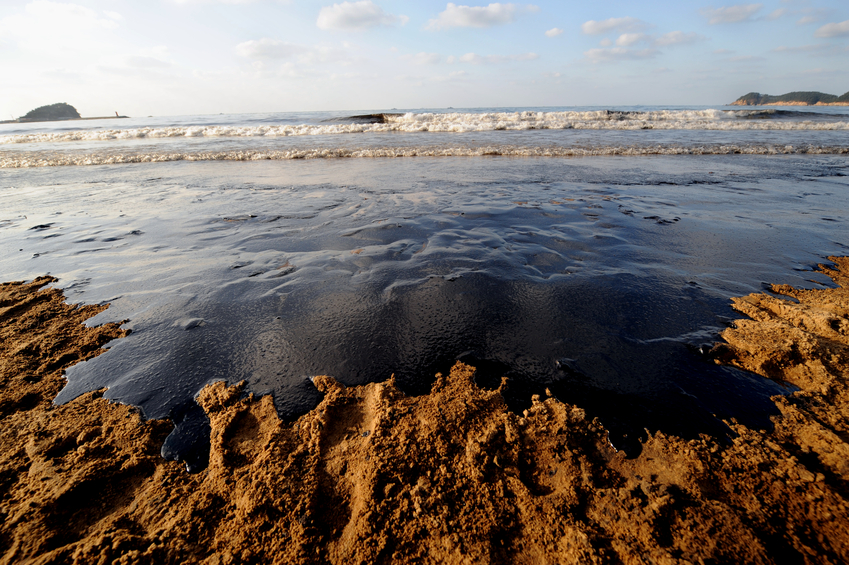
This online engineering PDH course addresses the identification of the chemicals to be classified; explains the process of data collection and describes the process and information needed for data analysis. Furthermore, this course presents information on the rationale used to develop the classification of the various hazards.
OSHA's Hazard Communication Standard (HCS) is designed to protect against chemical-source injuries and illnesses by ensuring that employers and workers are provided with sufficient information to anticipate, recognize, evaluate, and control chemical hazards and take appropriate protective measures. The purpose of the Hazard Communication Standard is to ensure that the hazards of all chemicals produced or imported are classified, and that the information on the hazardous chemicals is transmitted to employers and workers.
The 2 PDH online course is intended for chemical manufacturers and distributors, employers, engineers, physicians, construction workers, and all other personnel who are interested in learning more about chemical hazard classification process.
This PE continuing education course is intended to provide you with the following specific knowledge and skills:
- Learning how to identify the chemicals to be classified
- Understanding the data collection process
- Learning how to analyze the data or findings
- Knowing how to record the findings
Upon successful completion of the quiz, print your Certificate of Completion instantly. (Note: if you are paying by check or money order, you will be able to print it after we receive your payment.) For your convenience, we will also email it to you. Please note that you can log in to your account at any time to access and print your Certificate of Completion.
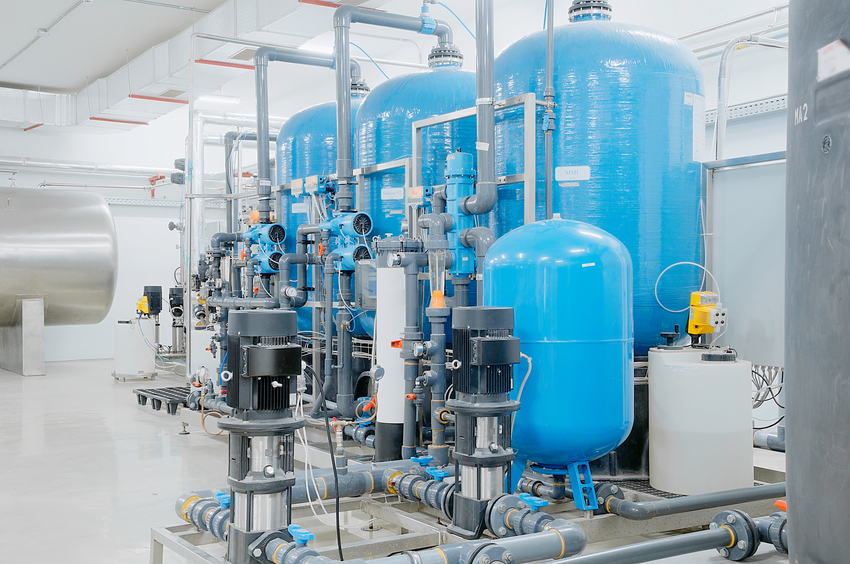
This online engineering PDH course will introduce you to techniques for water desalination using ion exchange technology. You will learn about dealkalization-softening, the Desal and RDI processes, two- and three-unit plant variations, demineralization, and the underlying anion-cation chemistry. You will learn about the materials and equipment employed in typical ion exchange water desalination plants.
Water desalination systems may employ different technologies depending on a variety of technical and economic factors. One of the most important systems relies on ion exchange technology.
This 2 PDH online course is intended for civil engineers, electrical engineers, mechanical engineers and other design and construction professionals wanting an introduction to ion exchange techniques for water desalination. After completion of this course you will be prepared for advanced learning about ion exchange systems for water desalination, which in turn will prepare you for desalination project planning and design.
This PE continuing education course is intended to provide you with the following specific knowledge and skills:
- Understanding the five basic requirements for the ion-exchange process to be used economically for desalination of brackish waters.
- Understanding the limitations of the ion exchange process for desalination of brackish water.
- Learn about the Desal Process for water desalination by ion exchange techniques.
- Learn about the RDI Process for water desalination by ion exchange techniques.
- Learn about the three- and two-unit ion exchange desalination plant variations.
- Learn about demineralization processes.
In this professional engineering CEU course, you need to review the course document titled, "An Introduction to Ion Exchange Techniques fro Water Desalination".
Upon successful completion of the quiz, print your Certificate of Completion instantly. (Note: if you are paying by check or money order, you will be able to print it after we receive your payment.) For your convenience, we will also email it to you. Please note that you can log in to your account at any time to access and print your Certificate of Completion.

This online engineering PDH course provides an introduction to the technologies of water desalination post-treatment and waste disposal. It will introduce you to remineralization and aeration processes, corrosion control, disinfection, suspended solids removal, brine evaporation, deep-well injection of wastes, and waste gas handling.
Water desalination systems may employ different technologies depending on a variety of technical and economic factors. To one degree or another, these technologies produce water that requires post-treatment to produce potable water that is healthy and has a pleasant taste. They also produce to varying degrees waste streams that must be properly disposed of.
This 2 PDH online course is intended for mechanical engineers, civil engineers, electrical engineers and other design and construction professionals wanting an introduction to post-treatment and waste disposal for water desalination plants. After completion of this course you will be prepared for advanced learning about water desalination to prepare you for desalination project planning and design.
This PE continuing education course is intended to provide you with the following specific knowledge and skills:
- Understanding water desalination technologies and post-treatment of product water
- Learning about the waste streams generated by water desalination technologies
- Learning about aeration and remineralization needed to produce healthy and tasty water
- Learning about the need for corrosion control in desalinated product water streams.
- Learning about post-treatment disinfection requirements.
- Learning when reblending is a cost-effective remineralization technique
In this professional engineering CEU course, you need to review the course document titled, "An Introduction to Post-Treatment and Waste Disposal for Water Desalination".
Upon successful completion of the quiz, print your Certificate of Completion instantly. (Note: if you are paying by check or money order, you will be able to print it after we receive your payment.) For your convenience, we will also email it to you. Please note that you can log in to your account at any time to access and print your Certificate of Completion.
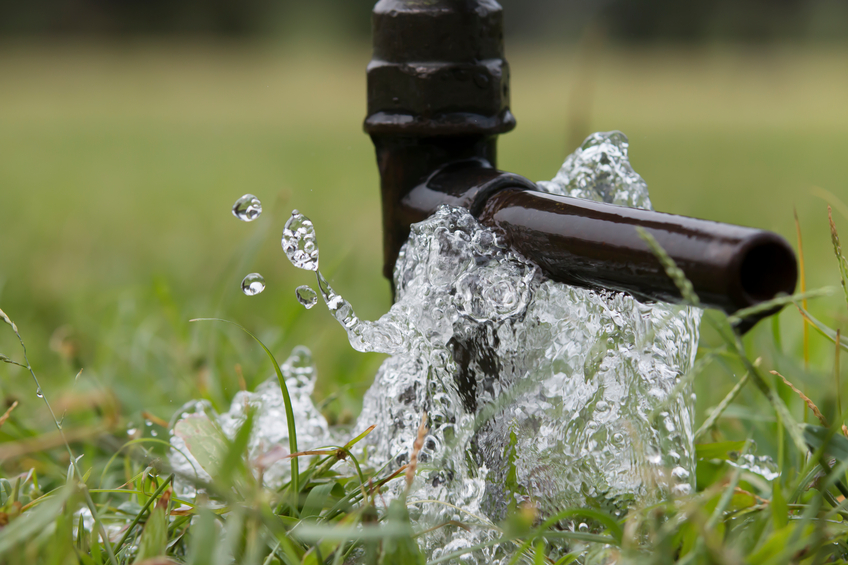
This online engineering PDH course summarizes the application of algae as indicators of nutrient pollution in water quality management. It describes the use of algal indicators to develop water quality diagnostics for nutrient pollution in the United States (U.S.) and then reviews scientific developments in the use and application of algal indicators across the world.
Algae are ubiquitous and essential components of all stream ecosystems. They are the primary energetic source for many stream food webs, fixing carbon from the atmosphere through photosynthesis, which is then transmitted through the web via consumer pathways.
Algae have a long history of use and possess many of the features valued in ecological indicators. They were part of the early saprobien indicator system development in Germany and were one of the first assemblages developed for use in biological assessment in the United States.
This 3 PDH online course is intended for chemical and environmental engineers and water quality professionals who are seeking to utilize algae to detect the presence of nutrient pollution and to estimate the risks of nutrient pollution in adversely affecting the condition of stream ecosystems.
This PE continuing education course is intended to provide you with the following specific knowledge and skills:
- Gaining general background information on algae
- Familiarizing with the current algal sampling programs in the United States
- Learning about the research on algal assessment and indicator using in streams
- Identifying the quantitative and qualitative algal application methods
Upon successful completion of the quiz, print your Certificate of Completion instantly. (Note: if you are paying by check or money order, you will be able to print it after we receive your payment.) For your convenience, we will also email it to you. Please note that you can log in to your account at any time to access and print your Certificate of Completion.

This online engineering PDH course will introduce you to water desalination technologies, processes and methods. You will learn the importance of site and water source selection. You will be introduced to an approach for selecting the appropriate desalination technology and process. You will learn about distillation/condensation techniques, membrane techniques and ion exchange techniques. You will find out how to develop process concepts, evaluate their utility, and move forward into preliminary design for projects and sites where water desalination is an operational requirement.
This 4 PDH online course is intended for engineers and other design and construction professionals interested in gaining an understanding of the technologies, processes and techniques for treating saline water, such as from the sea, to provide potable or suitable process water to meet the operational requirements of facilities and activities.
This PE continuing education course is intended to provide you with the following specific knowledge and skills:
- Learning about water storage and system modularization
- Learning about the typical desalination flowsheet
- Learning about typical reverse osmosis desalination processes
- Learning about cellulose acetate and polyaromatic amide membranes and their use in membrane desalination processes
- Learning about electrodialysis reversal desalination technology
- Learning the importance of energy conservation and efficiency when evaluating desalination processes
- Learning about high temperature distillation/condensation techniques
- Learning how multiple effect evaporation units are applied
- Learning the characteristics of multistage flash-evaporation units
- Learning about low-temperature distillation processes and how to apply them
- Learning when to use vapor compression techniques in water desalination
- Learning about applications of a multistage flash distillation facility
- Learning about the importance of waste heat recovery evaporation process
- Learning the fundamentals of the vapor-compression vertical-tube distillation system
- Learning the principles of electrodialysis desalination
In this professional engineering CEU course, you need to review the course document titled, "An Introduction to Water Desalination".
Upon successful completion of the quiz, print your Certificate of Completion instantly. (Note: if you are paying by check or money order, you will be able to print it after we receive your payment.) For your convenience, we will also email it to you. Please note that you can log in to your account at any time to access and print your Certificate of Completion.
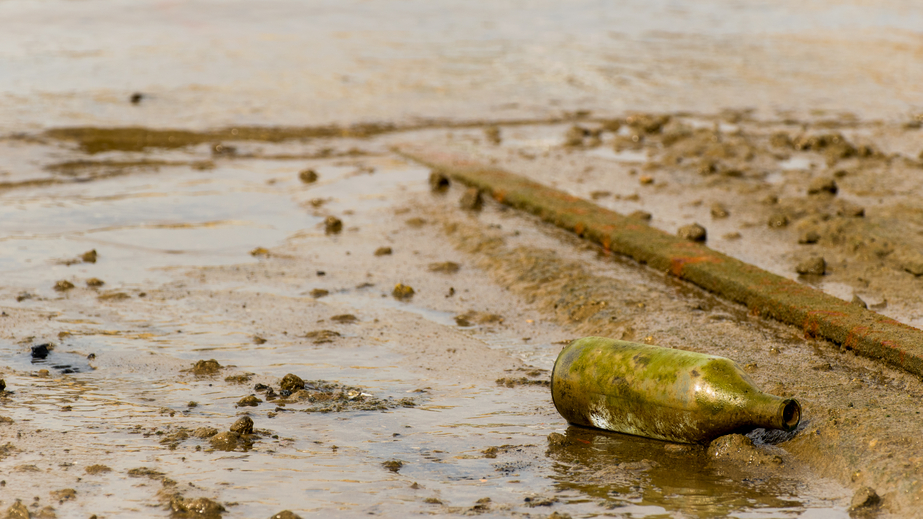
This online engineering PDH course describes pesticide label requirements for Chemigation, Chemigation system operation and calibration and Chemigation system safety.
Chemigation, or the addition of chemicals to irrigation water, has probably been around for as long as both irrigation and chemicals have been used in agriculture. Chemigation became more widely used in the 1970's with the adoption of center pivot irrigation systems in the Midwest. Backflow prevention is necessary to prevent pesticide contamination of surface water supplies as well as ground water.
This 1 PDH online course is applicable to mechanical engineers, civil engineers, chemical engineers and environmental engineers who are interested in learning more about chemigation in irrigation water.
This PE continuing education course is intended to provide you with the following specific knowledge and skills:
- Pesticide labeling requirements for chemigation
- Alternative devices that also comply with labeling
- Maintenance, calibration and safety of chemigation
In this professional engineering CEU course, you will need to review the material contained in Grower Training Manual for Backflow Prevention in Chemigation of Pesticides, Revised 3/3/04.
Upon successful completion of the quiz, print your Certificate of Completion instantly. (Note: if you are paying by check or money order, you will be able to print it after we receive your payment.) For your convenience, we will also email it to you. Please note that you can log in to your account at any time to access and print your Certificate of Completion.

This online engineering PDH course explains why certain chemicals are considered hazardous to personnel working in facilities containing such chemicals. It also provides an overview of handling chemicals as well as provides resources of information about these chemicals.
The various chemicals found in our industry as well as the home are useful when properly applied. If the user is uninformed about correct applications, storage, and potential hazards, these chemicals can become threats to our safety.
This 5 PDH online course is applicable to chemical and environmental engineers, design and construction personnel, technical staff and facility operators who are interested in gaining a better understanding of the hazards of chemicals and gases.
This PE continuing education course is intended to provide you with the following specific knowledge and skills:
- Corrosives
- Toxic compounds
- Compressed gases
- Flammable and combustible liquids
In this professional engineering CEU course, you need to review Module 5, "Hazards of Chemicals and Gases" of the Department of Energy Publication DOE-HDBK-1015/1-93, "Chemistry".
Upon successful completion of the quiz, print your Certificate of Completion instantly. (Note: if you are paying by check or money order, you will be able to print it after we receive your payment.) For your convenience, we will also email it to you. Please note that you can log in to your account at any time to access and print your Certificate of Completion.
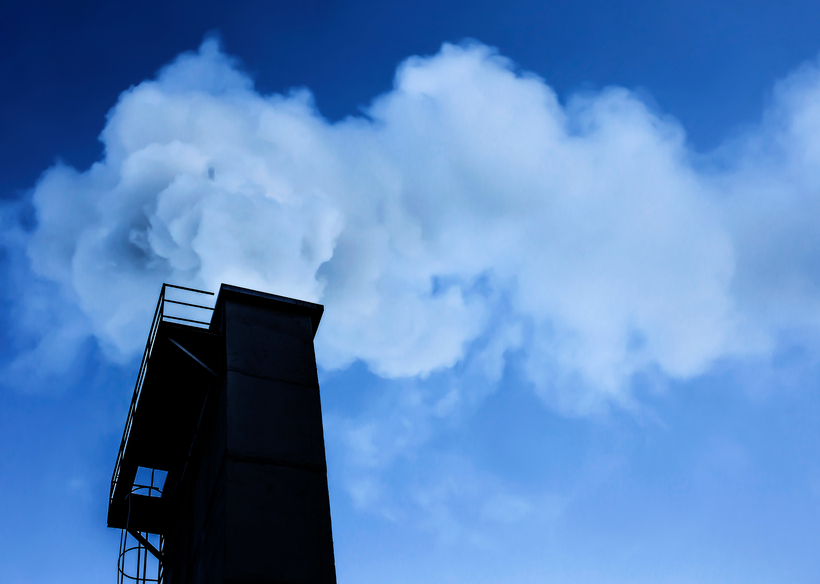
This online engineering PDH course discusses the sources of ozone depleting substances (ODS) in the United States and abroad and defines the best practices for the safe, environmentally sound collection, recovery, transport, and destruction of these substances. In addition, this course explains the challenges associated with the safe destruction of ODS and assesses the costs for the ODS waste management process.
The Montreal Protocol on Substances that Deplete the Ozone Layer (Montreal Protocol), finalized in 1987, is a global agreement to protect the stratospheric ozone layer by phasing out the production and consumption of ODS.
While the global ODS phaseout is underway, a large amount of ODS is in equipment and products such as refrigerators and air conditioners (as refrigerant and foam blowing agent), foam contained in buildings, and fire protection systems and fire extinguishers, as well as in stockpiles held by countries and industrial and commercial users. Together these sources are referred to as ODS banks.
This 4 PDH online course is intended for environmental, sustainability, industrial, and mechanical engineers, as well as others interested in learning about the best practices for destruction of ODS.
This PE continuing education course is intended to provide you with the following specific knowledge and skills:
- Familiarizing with the sources of ODS
- Learning about the best management practices regarding the process of ODS destruction
- Familiarizing with ODS destruction technologies and facilities in the U.S. and worldwide
- Gaining perspective and metrics on the international efforts to destroy ODS
- Understanding the financial considerations of ODS recovery, transportation, and destruction costs
Upon successful completion of the quiz, print your Certificate of Completion instantly. (Note: if you are paying by check or money order, you will be able to print it after we receive your payment.) For your convenience, we will also email it to you. Please note that you can log in to your account at any time to access and print your Certificate of Completion.
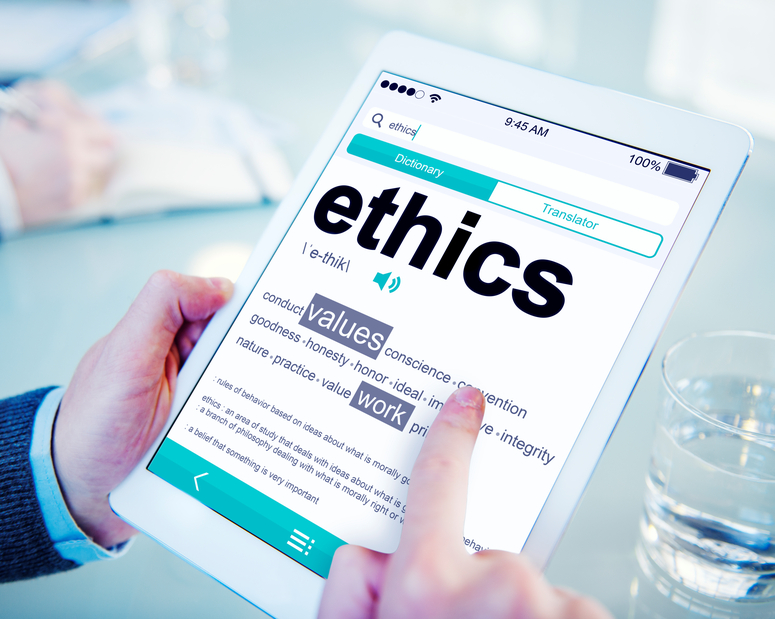
This online engineering PDH course presents the laws and rules of ethics and professional responsibility governing the practice of engineering in the State of Ohio. Excerpts from Chapter 4733 of the Ohio Revised Code and Chapter 4733 of the Ohio Administrative Code, which relate to the rules of profession conduct, continuing education requirements, proper use of seal and other pertinent regulatory provisions are presented in this course.
Engineering ethics is (1) the study of moral issues and decisions confronting individuals and organizations involved in engineering and (2) the study of related questions about moral conduct, character, ideals and relationships of peoples and organizations involved in technological development (Martin and Schinzinger, Ethics in Engineering).
Since engineers are faced with frequent moral and ethical dilemmas while practicing their engineering profession, this course will provide you with moral and ethical guidance in your decision-making process. Most importantly, it will provide you with insight on how to conduct, respect and protect your engineering practice with the utmost professionalism.
This 2 PDH online course is applicable to Professional Engineers licensed in the State of Ohio and who are required to demonstrate continuing professional competency in engineering ethics as a condition of their license renewal. For each renewal period, every licensee must complete thirty (30) professional development hours, two (2) of which must be relative to the rules of professional responsibility, conduct and ethics. The remaining hours shall relate to the licensee's area of practice.
This PE continuing education course is intended to provide you with the following specific knowledge and skills:
- Understanding the Ohio laws and rules regulating the practice of engineering in the State of Ohio and their application to Professional Engineers
- Understanding the rules of professional responsibility, professional conduct and engineering ethics
- Familiarizing with the Ohio disciplinary process and the various violations and corresponding penalties imposed by the board
Upon successful completion of the quiz, print your Certificate of Completion instantly. (Note: if you are paying by check or money order, you will be able to print it after we receive your payment.) For your convenience, we will also email it to you. Please note that you can log in to your account at any time to access and print your Certificate of Completion.